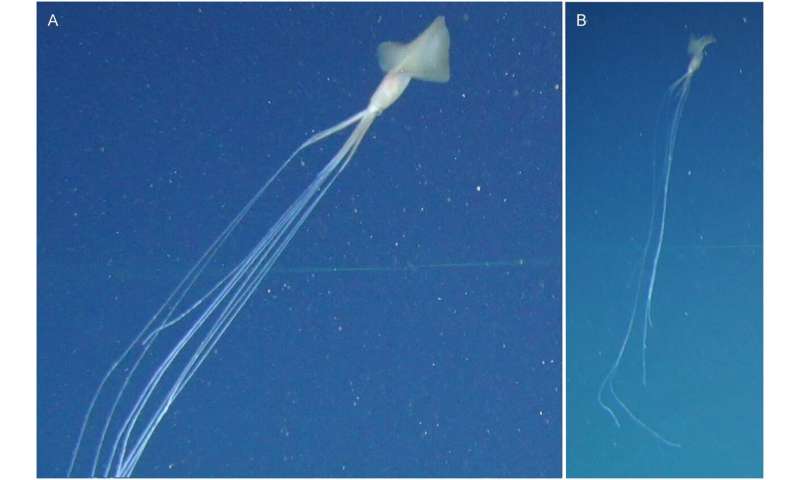
WASHINGTON STATE DEPARTMENT OF AGRICULTURE
By Tom Hale 12 NOV 2020
After much searching, researchers have got their hands on the first “murder hornet” nest in the US and given a glimpse of what lies inside. During the dissection of the nest, the team found just under 500 hornets in various stages of development, including around 200 queens. That's particularly daunting as each of these queens could have potentially gone on to spawn new nests.
Officially known as Asian giant hornets (Vespa mandarinia), so-called murder hornets are an invasive pest and not native to the US. This year, however, has seen a number of reports of the aggressive species in Washington State, raising fears the invaders could decimate honeybees and other native bee populations.
To better understand the problem, researchers at Washington State Department of Agriculture (WSDA) have closely studied a hive they managed to track down on October 29. Inside, they discovered around 495 live specimens, including 6 unhatched eggs, 190 larvae, 112 workers, 9 drones, and 76 live queens. They also found over 100 closed capped cells, which contain the pupae of more queens, bringing the total number of queens in the hive to just under 200.

Washington State Department of Agriculture
Rather worryingly, it’s likely that all but one of these queens would be new virgin queens, which would leave the nest, mate, hibernate and reproduce in the following spring.
“It really seems like we get there just in the nick of time," Sven-Erik Spichiger, an entomologist leading the fight to kill the hornets for the WSDA, said at a press conference.
"A small percentage of these queens will go on to form colonies next year had they been given the chance to escape,” he added.
“Even a relatively small nest, such as this, is able to pump out 200 queens. It does give one a bit of pause. Potentially each of those queens could make a nest next year,” explained Spichiger.

Rather worryingly, it’s likely that all but one of these queens would be new virgin queens, which would leave the nest, mate, hibernate and reproduce in the following spring.
“It really seems like we get there just in the nick of time," Sven-Erik Spichiger, an entomologist leading the fight to kill the hornets for the WSDA, said at a press conference.
"A small percentage of these queens will go on to form colonies next year had they been given the chance to escape,” he added.
“Even a relatively small nest, such as this, is able to pump out 200 queens. It does give one a bit of pause. Potentially each of those queens could make a nest next year,” explained Spichiger.

Washington State Department of Agriculture
The species is native to the forests and low mountains of eastern and southeast Asia. Measuring in at around 5 centimeters (2 inches) long, Asian giant hornets are the largest species of hornet in the world, with a distinctive orange-colored head and a chunky striped abdomen. They are a significant predator of honeybees and have been known to decimate entire hives.
“The hornets enter a ‘slaughter phase’ where they kill bees by decapitating them. They then defend the hive as their own, taking the brood to feed their own young,” according to the WSDA.
They can also pose a risk to humans. The venom of the species is laced with a potent neurotoxin that can pack a mean punch, often resulting in a large, throbbing, and painful sting. Even if you're not allergic, multiple stings can kill a human. The hornet is thought to kill around 30 to 50 people each year in Japan alone, with most victims dying from anaphylaxis, a sudden heart attack, or multiple organ failure.
The species is native to the forests and low mountains of eastern and southeast Asia. Measuring in at around 5 centimeters (2 inches) long, Asian giant hornets are the largest species of hornet in the world, with a distinctive orange-colored head and a chunky striped abdomen. They are a significant predator of honeybees and have been known to decimate entire hives.
“The hornets enter a ‘slaughter phase’ where they kill bees by decapitating them. They then defend the hive as their own, taking the brood to feed their own young,” according to the WSDA.
They can also pose a risk to humans. The venom of the species is laced with a potent neurotoxin that can pack a mean punch, often resulting in a large, throbbing, and painful sting. Even if you're not allergic, multiple stings can kill a human. The hornet is thought to kill around 30 to 50 people each year in Japan alone, with most victims dying from anaphylaxis, a sudden heart attack, or multiple organ failure.

















